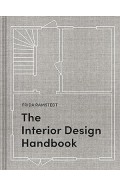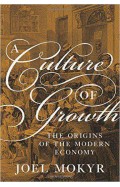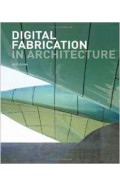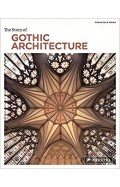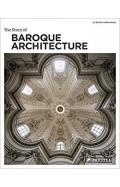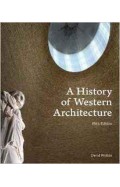Museums of Rajasthan
By: Chandramani Singh
-
Rs 2,747.25
- Rs 4,995.00
- 45%
You save Rs 2,247.75.
Due to constant currency fluctuation, prices are subject to change with or without notice.
The book provides a different section on each museum, cataloguing significant archaeological findings, sculptures, paintings, arms and weapons, musical instruments, textiles and carpets, crafts and decorative arts, jewellery, terracotta, wood, stone, leather and metal work, ceramics and pottery. This selection of the archival collections explores the rich artistic tradition of Rajasthan, describes their significance and how they figure into the overall developmental pattern of Indian art. Museums of Rajasthan surveys the character of Rajasthani art and the influences arising from its religious and cultural milieu. The major themes of the collections as well as the style, history, and iconography of individual pieces are succinctly explained. The book combines concise overviews with captivating detail and includes an appendix that provides information about the museum sites, full addresses of all the museums and brief details of opening hours. It is also an engaging visual record and presents superb artworks in stunning well chosen colour photographs. It will be of immense interest to scholars, and will prove to be an invaluable reference tool and guide for visitors to Rajasthan. The museums covered include those of Ahar, Ajmer, Alwar, Amber,
The book provides a different section on each museum, cataloguing significant archaeological findings, sculptures, paintings, arms and weapons, musical instruments, textiles and carpets, crafts and decorative arts, jewellery, terracotta, wood, stone, leather and metal work, ceramics and pottery. This selection of the archival collections explores the rich artistic tradition of Rajasthan, describes their significance and how they figure into the overall developmental pattern of Indian art. Museums of Rajasthan surveys the character of Rajasthani art and the influences arising from its religious and cultural milieu. The major themes of the collections as well as the style, history, and iconography of individual pieces are succinctly explained. The book combines concise overviews with captivating detail and includes an appendix that provides information about the museum sites, full addresses of all the museums and brief details of opening hours. It is also an engaging visual record and presents superb artworks in stunning well chosen colour photographs. It will be of immense interest to scholars, and will prove to be an invaluable reference tool and guide for visitors to Rajasthan. The museums covered include those of Ahar, Ajmer, Alwar, Amber,
Zubin Mehta: A Musical Journey (An Authorized Biography)
By: VOID - Bakhtiar K. Dadabhoy
Rs 472.50 Rs 1,050.00 Ex Tax :Rs 472.50
The Greatness Mindset - Unlock the Power of Your Mind and Live Your Best Life Today
By: Lewis Howes
Rs 4,405.50 Rs 4,895.00 Ex Tax :Rs 4,405.50
How to Understand and Deal with Health Anxiety - Everything You Need to Know to Manage Health Anxiety
By: Katy Georgiou
Rs 2,471.25 Rs 3,295.00 Ex Tax :Rs 2,471.25
Decisionscape - How Thinking Like an Artist Can Improve Our Decision-Making
By: Elspeth Kirkman
Rs 7,496.25 Rs 9,995.00 Ex Tax :Rs 7,496.25
Where Research Begins - Choosing a Research Project That Matters to You (and the World)
By: Thomas S Mullaney
Rs 6,296.25 Rs 8,395.00 Ex Tax :Rs 6,296.25
The Interior Design Handbook - Furnish, Decorate, and Style Your Space
By: Frida Ramstedt
Rs 6,146.25 Rs 8,195.00 Ex Tax :Rs 6,146.25
Culture City How Culture Leaves Its Mark on Cities and Architecture Around the World
By: Wilfried Wang
Rs 3,712.50 Rs 4,950.00 Ex Tax :Rs 3,712.50
The Story of Gothic Architecture (Story Of... (Prestel))
By: Francesca Prina
Rs 1,032.75 Rs 2,295.00 Ex Tax :Rs 1,032.75
The Greatness Mindset - Unlock the Power of Your Mind and Live Your Best Life Today
By: Lewis Howes
Rs 4,405.50 Rs 4,895.00 Ex Tax :Rs 4,405.50
How to Understand and Deal with Health Anxiety - Everything You Need to Know to Manage Health Anxiety
By: Katy Georgiou
Rs 2,471.25 Rs 3,295.00 Ex Tax :Rs 2,471.25
Decisionscape - How Thinking Like an Artist Can Improve Our Decision-Making
By: Elspeth Kirkman
Rs 7,496.25 Rs 9,995.00 Ex Tax :Rs 7,496.25
Where Research Begins - Choosing a Research Project That Matters to You (and the World)
By: Thomas S Mullaney
Rs 6,296.25 Rs 8,395.00 Ex Tax :Rs 6,296.25
The Interior Design Handbook - Furnish, Decorate, and Style Your Space
By: Frida Ramstedt
Rs 6,146.25 Rs 8,195.00 Ex Tax :Rs 6,146.25
No recently viewed books available at the moment.
Zubin Mehta: A Musical Journey (An Authorized Biography)
By: VOID - Bakhtiar K. Dadabhoy
Rs 472.50 Rs 1,050.00 Ex Tax :Rs 472.50
The Greatness Mindset - Unlock the Power of Your Mind and Live Your Best Life Today
By: Lewis Howes
Rs 4,405.50 Rs 4,895.00 Ex Tax :Rs 4,405.50
How to Understand and Deal with Health Anxiety - Everything You Need to Know to Manage Health Anxiety
By: Katy Georgiou
Rs 2,471.25 Rs 3,295.00 Ex Tax :Rs 2,471.25
Decisionscape - How Thinking Like an Artist Can Improve Our Decision-Making
By: Elspeth Kirkman
Rs 7,496.25 Rs 9,995.00 Ex Tax :Rs 7,496.25
Where Research Begins - Choosing a Research Project That Matters to You (and the World)
By: Thomas S Mullaney
Rs 6,296.25 Rs 8,395.00 Ex Tax :Rs 6,296.25
The Interior Design Handbook - Furnish, Decorate, and Style Your Space
By: Frida Ramstedt
Rs 6,146.25 Rs 8,195.00 Ex Tax :Rs 6,146.25











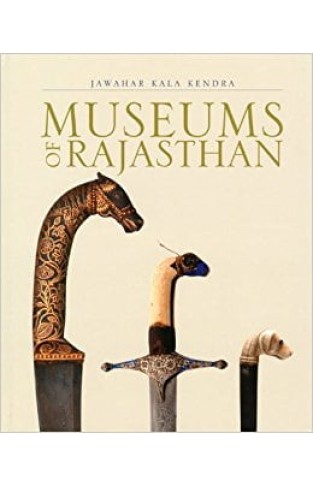
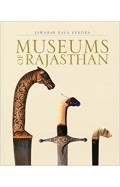
-120x187.jpg?q6)










